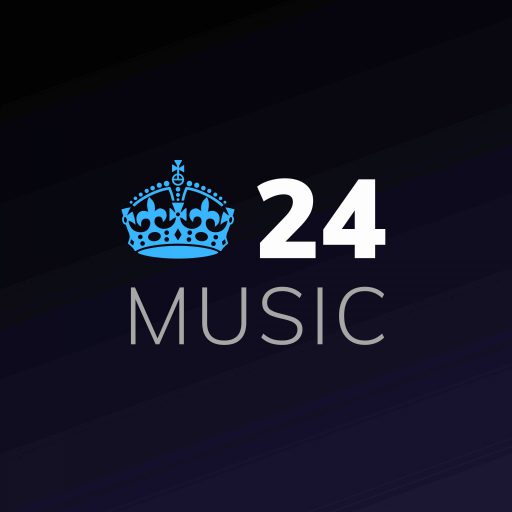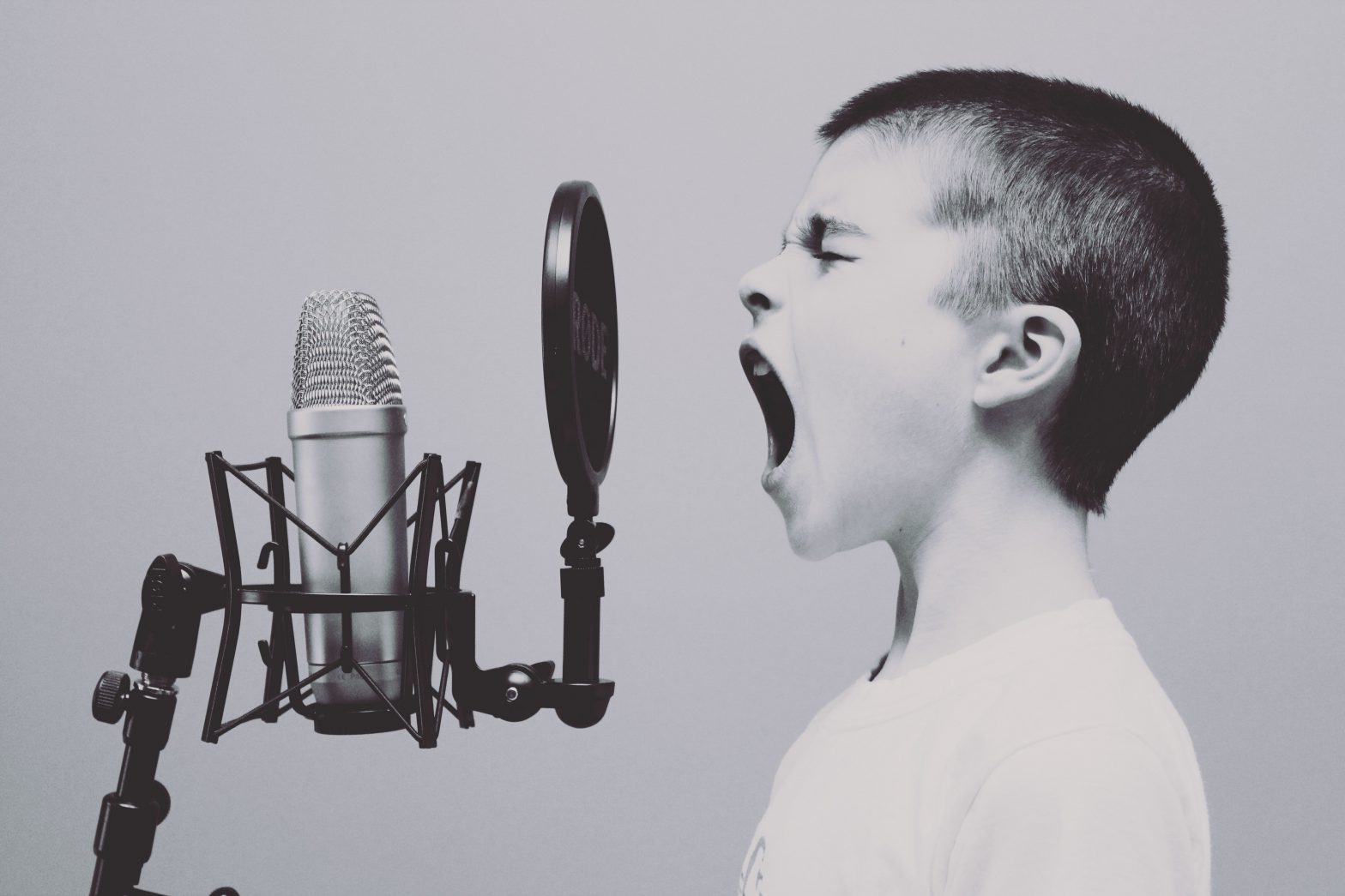UK Garage
UK garage (also known as UKG) is a genre of electronic music originating from England in the early 1990s. The genre emerged from styles such as garage house, R&B, jungle, and dance-pop, and usually features a distinctive 4/4 percussive rhythm with syncopated hi-hats, cymbals and snares, and sometimes includes irregular kick drum patterns. Garage tracks also commonly feature ‘chopped up’ and time-stretched or pitch-shifted vocal samples complementing the underlying rhythmic structure at a tempo usually around 130 BPM. UK garage gave rise to subgenres such as speed garage and 2-step, and was then largely subsumed into other styles of music and production in the mid-2000s, including bassline, grime and dubstep. The decline of UK garage during the mid-2000s saw the birth of UK funky, which is closely related.
Dubstep
Dubstep is a genre of electronic dance music that originated in South London in the late 1990s. It is generally characterized by sparse, syncopated rhythmic patterns with prominent sub-bass frequencies. The style emerged as an offshoot of UK garage, drawing on a lineage of related styles such as 2-step and dub reggae, as well as jungle, broken beat, and grime. In the United Kingdom, the origins of the genre can be traced back to the growth of the Jamaican sound system party scene in the early 1980s.
Bassline
Bassline (sometimes referred to as bassline house, organ house, Niche or 4×4) is a type of music related to UK garage that originated in Sheffield in the early 2000s. Stylistically it comprises a four-to-the-floor rhythm normally at around 135–142 beats per minute, a strong emphasis on bass, and a pop music aesthetic similar to that of its precursor 2-step garage.
In the scene’s early days the most prominent bassline club was the Niche nightclub in Sheffield, which became at the centre of controversy due to a police raid which resulted in the club’s closure in 2005. The club reopened in 2009, only to be closed down a year later, and then reopened a third time in 2017. Like grime, which was developing concurrently in London, bassline was associated with violence, anti-social behaviour and criminal activity during the time of its rise to popularity, which contributed to a general lack of willingness among venue owners and the police to accommodate bassline events.
Glitch
Glitch is a genre of electronic music that emerged in the 1990s. It has been described as a genre that adheres to an “aesthetic of failure,” where the deliberate use of glitch-based audio media, and other sonic artifacts, is a central concern.
Sources of glitch sound material are usually malfunctioning or abused audio recording devices or digital electronics, such as CD skipping, electric hum, digital or analog distortion, circuit bent electronics, bit-rate reduction, hardware noise, software bugs, crashes, vinyl record hiss or scratches, and system errors. In a Computer Music Journal article published in 2000, composer and writer Kim Cascone classifies glitch as a subgenre of electronica and used the term post-digital to describe the glitch aesthetic.
Electronica
Electronica encompasses a broad group of electronic-based styles such as techno, house, ambient, jungle and other electronic music styles intended not just for dancing.
Live PA
Live PA (meaning Live Public Address, or Live Personal Appearance) is the act of performing live electronic music in settings typically associated with DJing, such as nightclubs, raves, and more recently dance music festivals.
Grime
Grime is a genre of electronic dance music that emerged in London in the early 2000s. It developed out of earlier UK electronic music styles, including UK garage and jungle, and draws influence from dancehall, ragga, and hip hop. The style is typified by rapid, syncopated breakbeats, generally around 140 bpm, and often features an aggressive or jagged electronic sound. Rapping is also a significant element of the style, and lyrics often revolve around gritty depictions of urban life.
The style initially spread among pirate radio stations (such as Rinse FM) and underground scenes before achieving some mainstream recognition in the UK during the mid-2000s through artists such as Dizzee Rascal, Kano, Lethal Bizzle, and Wiley. Other prominent artists include; P Money, Ghetts, Jme, Skepta, Stormzy, The Streets and grime crews such as Boy Better Know, Newham Generals, Roll Deep, and Ruff Sqwad. In the mid-2010s, grime began to receive popular attention in Australia. The genre has been described as the “most significant musical development within the UK for decades.”
Brit-Hop
British hip hop is a genre of music, and a culture that covers a variety of styles of hip hop music made in the United Kingdom. It is generally classified as one of a number of styles of urban music. British hip hop was originally influenced by the dub/toasting introduced to the United Kingdom by Jamaican migrants in the 1960s–70s, who eventually developed uniquely influenced rapping (or speed-toasting) in order to match the rhythm of the ever-increasing pace and aggression of Jamaican-influenced dub in the UK and to describe street/gang violence, similar to that in the US. UK rap has also been heavily influenced by US hip-hop. British hip hop, particularly that originating from London, was commercially superseded by grime. It can also be referred to as “British Rap“, “UK Hip Hop“, “UK Rap“, and is sometimes informally referred to as “Brit-Hop“, a term coined and popularized mainly by British Vogue magazine and the BBC. In 2003, The Times described
British hip hop’s broad-ranging approach: …”UK rap” is a broad sonic church, encompassing anything made in Britain by musicians informed or inspired by hip-hop’s possibilities, whose music is a response to the same stimuli that gave birth to rap in New York in the mid-Seventies.
IDM
Intelligent dance music (commonly abbreviated as IDM) is a form of electronic music originating in the early 1990s, which was regarded as “cerebral” and better suited to “home listening” than dancing. Emerging from electronic and rave music styles such as techno, acid house, ambient music, and breakbeat, IDM tended to rely upon individualistic experimentation rather than adhering to characteristics associated with specific genres. Prominent artists associated with the genre include Aphex Twin, μ-Ziq, the Black Dog, the Orb, the Future Sound of London, Autechre, Luke Vibert, Squarepusher, Venetian Snares and Boards of Canada.
The term “intelligent dance music” has been widely criticised and rejected by artists associated with the style, including Aphex Twin and µ-Ziq, as elitist and derogatory towards other genres. The term is said to have originated in the US in 1993 with the formation of the “IDM list”, an electronic mailing list originally chartered for the discussion of a number of prominent English artists appearing on the 1992 Warp compilation Artificial Intelligence. In 2014, music critic Sasha Frere-Jones observed that the term “is widely reviled but still commonly used”.
Wonky
Wonky (also known as purple sound, aquacrunk, or lazer hip hop) is a subgenre of electronic music known primarily for its off-kilter or “unstable” beats, as well as its eclectic blend of genres including hip hop, electro-funk, chiptune, jazz fusion, glitch, and crunk.It initially emerged in 2008 from the UK’s dubstep and grime scenes, exchanging their austere sound for a typically colorful or exuberant style featuring garish synthesizer tones, melodies, and effects. Other influences included American hip hop producers J Dilla and Madlib. Artists associated with the style include Rustie, Joker, Hudson Mohawke, Zomby, and Flying Lotus.
Drum and Bass
Drum and bass (also written as “drum ‘n’ bass” or “drum & bass“; commonly abbreviated as “D&B“, “DnB” or “D’n’B“), is a genre and branch of electronic music characterised by fast breakbeats (typically 160–180 beats per minute) with heavy bass and sub-bass lines, sampled sources, and synthesizers.
It emerged from rave and jungle scenes in Britain during the early 1990s. The popularity of drum and bass at its commercial peak ran parallel to several other homegrown dance styles in the UK including big beat and hard house.
Drum and bass incorporates a number of scenes and styles. A major influence on jungle and drum and bass was the original Jamaican dub and reggae sound. Another feature of the style is the complex syncopation of the drum tracks’ breakbeat.
Drum and bass subgenres include breakcore, ragga jungle, hardstep, darkstep, techstep, neurofunk, ambient drum and bass, liquid funk, jump up, deep, drumfunk, funkstep, sambass, dnbnoise, and drill ‘n’ bass. From its roots in the UK, the style has established itself around the world. Drum and bass has influenced many other genres like hip hop, big beat, dubstep, house, trip hop, ambient music, techno, jazz, rock and pop. Drum and bass is dominated by a relatively small group of record labels. The major international music labels had shown very little interest in the drum and bass scene, until BMG Rights Management acquired RAM in February 2016. Drum and bass remains most popular in the UK although it has developed scenes all around the world, in countries such as the United States, Germany, the Netherlands, Belgium, New Zealand, Greece, Canada, Austria, the Czech Republic, Slovakia and Australia.
EDM
Electronic dance music (EDM), also known as dance music, club music, or simply dance, is a broad range of percussive electronic music genres made largely for nightclubs, raves and festivals. It is generally produced for playback by disc jockeys who create seamless selections of tracks, called a mix by segueing from one recording to another. EDM producers also perform their music live in a concert or festival setting in what is sometimes called a live PA. In Europe, EDM is more commonly called ‘dance music’, or simply ‘dance’.
In the late 1980s and early 1990s, following the emergence of raving, pirate radios and an upsurge of interest in club culture, EDM achieved widespread mainstream popularity in Europe. In the United States at that time, acceptance of dance culture was not universal; although both electro and Chicago house music were influential both in Europe and the United States, mainstream media outlets and the record industry remained openly hostile to it. There was also a perceived association between EDM and drug culture, which led governments at state and city level to enact laws and policies intended to halt the spread of rave culture.
Subsequently, in the new millennium, the popularity of EDM increased globally, largely in Australia and the United States. By the early 2010s, the term “electronic dance music” and the initialism “EDM” was being pushed by the American music industry and music press in an effort to rebrand American rave culture. Despite the industry’s attempt to create a specific EDM brand, the initialism remains in use as an umbrella term for multiple genres, including house, techno, trance, drum and bass, dubstep, and trap as well as their respective subgenres.
UK Bass
Bass music (also called UK bass or post-dubstep) is an umbrella term for club music that emerged in the United Kingdom during the mid-2000s under the influence of diverse genres such as dubstep, UK garage, R&B, wonky, house, and grime. The phrase “bass music” came into use as artists began ambiguously blending the sounds of these defined genres while maintaining an emphasis on percussive, bass-led rhythm.
Source: Wikipedia.org (CC BY-SA 3.0)

